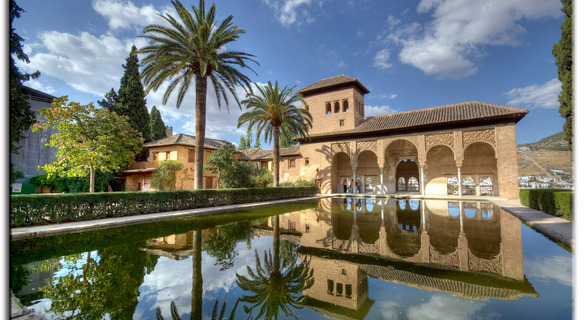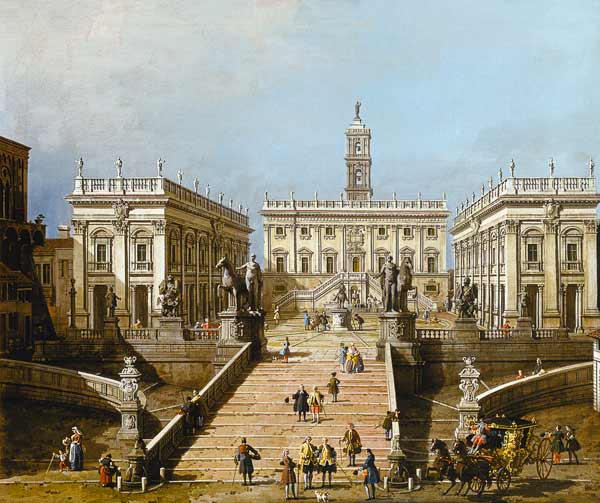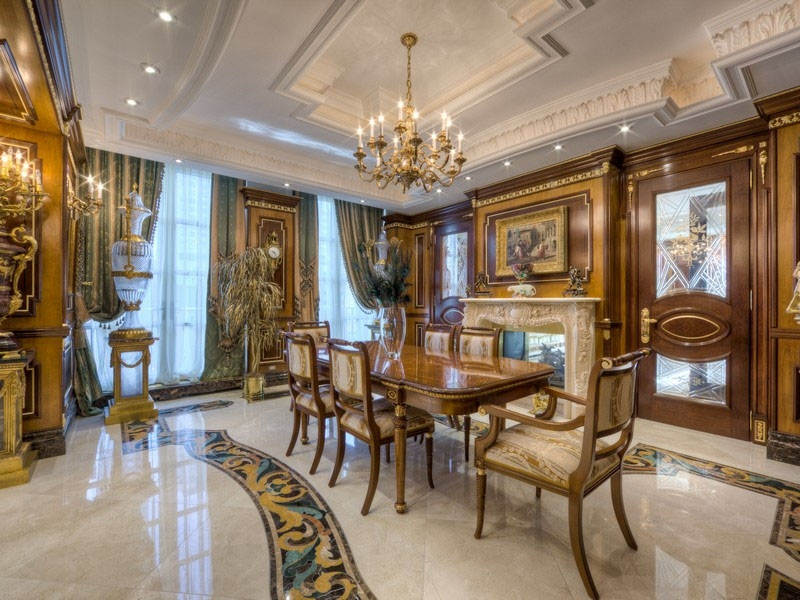The 16th century was the start of the most amazing era in Spanish History. Influenced by the Italian Renaissance and the need for its craftsmen. There was a new focus on art, literature and science. The beginning of the Spanish Renaissance was due to political and some religious reasons. There are many amazing examples of the such as the Alhambra, Granada in 1354. This structure was the last of palaces constructed before the expulsion of the moors. The outside was deceiving because it's exterior was plain, but the inside included numerous courtyards, filled with gardens, fountains and pools.
Other examples such as the La Mota Castle, which was built with concrete was faced with brick. There was also the Granada Cathedral, which was inspired my the Gothic period because it included Gothic like columns in size, and Gothic vaults. One of my favorite structures from this period was the Cathedral of Seville, it was a huge structure that demonstrated its cities wealth, during this period. It includes 80 chapels and had 500 masses daily.
One interesting characteristics about the Spanish Renaissance was its Spanish silversmith. Its work was used on exteriors, church buildings, furniture and accessories. The Desornamentado Phase was a powerful style that included unornamented designs, The El Escorial was an example of this style. This building was known for its simple and plainness in design. Next the Baroque Style took over, this style consisted of sculptures, wood carvers and architects. The El transparente was an example of this style.
Residential design was influenced by Moorish design and used many elaborate decorations. Interiors during this period included superb iron grilles, that were placed on windows, openings, and wrought-iron handrails. Color tiles, and pine-paneled, painted and carved ceilings, were also an characteristics of interiors in this period. Materials of upper floors, were: tile, stone, brick, or wood. Spain was also known for its fine leather work. Alot of the decorations that were within this interiors were well made, and paid attention to details, for example the handmade cute pile carpets, rugs, and mats.
Furniture within this period was simple yet bold, used heavy proportions. Rectangles shaped items were preferred, walnut wood was common used, and colors such as mahogany were seen. Furniture such as the Sillon De Frailero, benches that were wooden, there was also a stand called Vargueno Puente. The taquillion, it was a chest that could be used as a base of the Varguerno. I really enjoyed the Spanish bed, it was made of wood but looked like wrought-iron railings. In general the Spanish Renaissance was an amazing one!
Current Applications
Peer Review
I reviewed Nichole K, Micah blogs, both were great! Nichole's blog did a great great at explaining the Spanish Renaissance, her video that depicted the furniture during this period was also very good and informative.
I also reviewed Micah's blog which was really good. Her current applications really showed what the characteristics of the Spanish Renaissance, with a modern twist.
Video
https://www.youtube.com/watch?v=38kmLyWc2iw
This video gives a great tour on the architecture throughout this period.














